Surprised by Doubt: How Disillusionment Can Invite Us Into A Deeper Faith
Chatraw, Joshua D. & Jack Carson. Surprised by Doubt: How Disillusionment Can Invite Us Into A Deeper Faith. Grand Rapids: Brazos Press, 2023. Pp. 178. $21.99.
Since the 1960s, American churches have witnessed a consistent and growing problem with the younger generation. They graduate from high school, and they graduate from church. The strategy of youth ministry for the overwhelming number of churches has tended to be this: keep them busy and keep them coming. Weekly youth talks have had a consistent theme: don’t drink, don’t smoke, don’t chew, or go with girls who do. Since 1988, I have confirmed this rather cynical and judgmental view with the testimonies from my college and seminary students who managed to survive youth group.
Donald McGavran’s old analysis of church growth took a dim view of those churches which only managed to hold onto their own children – what McGavern called organic growth. American churches no longer seem to be able to do even that. Virtually all the major denominations are now in decline and headed for steeper declines. The old Puritans are generally regarded as a group which wanted to reform the worship and government of the Elizabethan church, but their primary concern was for the re-evangelization of England. The American churches face a similar challenge today. How do we lead people to Christ once they have been turned off by church from their experience on the inside?
To a certain extent, Surprised by Doubt is an apologetic for Christianity for those who grew up in the church but have left. Joshua D. Chatraw, Billy Graham Professor of Evangelism and Cultural Engagement at Beeson Divinity School, and Jack Carson, executive director of the Center for Apologetics and Cultural Engagement at Liberty University, speak directly to people who grew up in evangelical churches but who have since left the church and the faith. Chatraw and Carson do not attempt to excuse the complaints that many young people have against the state of evangelical Christianity. The first third of the book critiques the serious problems in evangelical life with which many young people have grown disillusioned. After acknowledging the problems, however, they then spend the next third of the book exploring the alternatives to Christianity which many former Christians pursue.
The book takes an architectural approach to the subject with its image of “the house of faith.” Chatraw and Carson argue that evangelicalism is just a small part of the large house of faith and constitutes little more than the attic. It is hardly descriptive of the heart of faith found on the first floor. Looking “outside the house,” former evangelicals find alternatives like the “New Atheism,” Bart Ehrman’s “Optimistic Skepticism,” Rhett McLaughlin’s “Open Spirituality,” and Jordan Peterson’s “Mythic Truth.” In these chapters, the authors offer some traditional apologetic answers to these alternative attitudes toward faith, often relying on the insights of C. S. Lewis who they present as the example of someone who left the faith through disillusionment and then returned after exploring many alternatives. They also rely on Augustine and Pascal in their response to the options outside the house.
After critiquing the problems of the small corner of Christianity known as evangelicalism and several of the current fashionable alternatives to faith, Chatraw and Carson invite former evangelical Christians to explore the main floor of the house of faith. They suggest that in rejecting evangelicalism, many people have never actually examined what C. S. Lewis called “mere Christianity.” They focus on the central beliefs of Christianity rather than the idiosyncratic positions of evangelicals on church order, worship, and piety which separate them from other Christians. The book emphasizes the truth that the Creator took on flesh, died for our sins, rose from the dead, is exalted as Lord of Glory, and will return to judge the world. Furthermore, they stress reasons to believe in the objective reality of this story of Jesus and what difference it makes for people living 2,000 years after the resurrection.
The book concludes by encouraging people who have walked away from the attic to come back to the house and try the main floor. They specifically invite former evangelicals to practice the Christian faith as a way of restoring their belief. They encourage 1) participation in and reflection on sacred events like birth, death, and marriage, 2) commitment to involvement in a church that is serious about worship, 3) praying by using the Ignatian Examen of St. Ignatius of Loyola, 4) meditating on Scripture by using the lectio divina approach, 5) taking time to enjoy the wonder of creation, and 6) continuing to recognize reasons to believe and to recognize how Christianity makes sense.
In contrast to the evangelical Protestant tradition which their audience has left, Chatraw and Carson encourage people to explore Catholic, Orthodox, and Anglican approaches to Christianity. The book reflects the tradition that has developed at Beeson Divinity School which has been a leader in the growing movement of evangelicals who seek a new home in the liturgical and episcopal churches as a viable alternative to leaving Christianity. Whether this approach has long term viability remains an open question when the churches of the more formal denominations are losing their young even faster than the Baptists.
harry lee poe
Charles Colson Professor of Faith and Culture, retired | Union University

